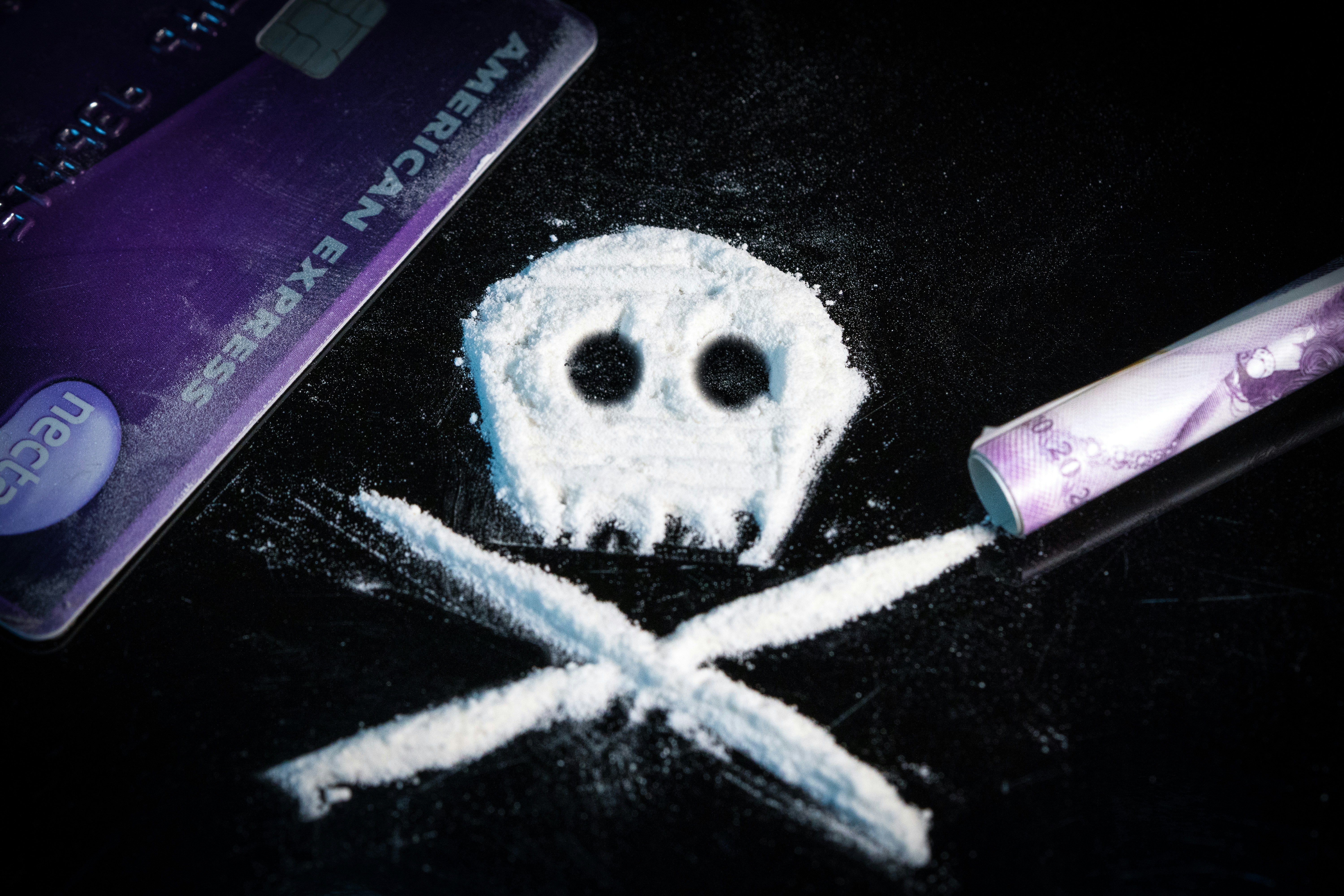Cocaine use is on the rise globally due to increased production and supply, economic factors like affordability, and the normalization of drug use through social media and pop culture. Demographic shifts show higher use among young adults and those with less education, while pandemic-related stress and improved cocaine purity also contribute to this trend. Understanding these factors is crucial for prevention and supporting those struggling with addiction.
Cocaine use is on the rise, both in the United States and globally, and understanding the reasons behind this cocaine rise is crucial, especially if you or someone you know is struggling with addiction.
This isn’t about judgment; it’s about awareness. Whether you’re battling addiction yourself, concerned about a loved one, or simply seeking information, read on to learn more about the reasons for the surge in cocaine use.
A Perfect Storm: Understanding the Global Increase
The drug use increase we’re witnessing isn’t happening in a vacuum. It’s a result of a confluence of factors, creating a “perfect storm” that makes cocaine more accessible, appealing, and, unfortunately, more prevalent. Let’s break down the key elements contributing to this worrying trend.
Production and Supply: The Foundation of the Problem
The current global trends in cocaine consumption are inextricably linked to production levels. South America, particularly Colombia, remains the epicenter of cocaine production. Shockingly, potential cocaine production in Colombia increased by 53 percent in 2023, reaching 2,664 metric tons. This marks the tenth consecutive year of production increases since 2013. This surge in production directly translates to more cocaine flooding the global market.
It’s not just about quantity; it’s about efficiency. Coca cultivation has expanded geographically within Colombia, making eradication efforts more challenging. Furthermore, a significant portion of coca leaf production now comes from highly productive enclaves, indicating increasingly concentrated and efficient production methods.
The sophistication doesn’t stop at cultivation. Criminal organizations are establishing secondary extraction facilities in various countries, including within Europe. In 2022, European authorities dismantled 39 cocaine laboratories, highlighting the expansion of processing operations beyond traditional source countries. This allows for the processing of cocaine that has been chemically concealed in various materials, making detection even more difficult.
All of this has led to record-breaking global cocaine production, reaching 3,708 tons in 2023. This, coupled with innovative trafficking methods and the emergence of new trafficking corridors, like West Africa, ensures a steady supply reaching consumers worldwide.
Economic Factors: The Push and Pull of the Market
Economic pressures play a significant role in why cocaine is becoming more popular. Economic downturns often create conditions conducive to increased substance abuse, particularly among vulnerable populations.
The affordability of cocaine has also improved in many markets. In the United Kingdom, the estimated street price of cocaine fell by over 38 percent between 2019 and 2021, while purity levels increased. This combination of lower cost and higher quality makes cocaine more accessible to a wider range of people, including younger consumers and those with limited financial resources.
Even during periods of economic stability, the price of cocaine, influencing its increased use, can be a factor. Stable prices, despite increased enforcement efforts, suggest that supply increases are outpacing interdiction efforts, creating favorable market conditions for consumers.
The COVID-19 pandemic further exacerbated these economic pressures. Studies indicate a 13 percent increase in Americans reporting substance use as a coping mechanism for pandemic-related stress. Economic uncertainty, job losses, and social isolation all contributed to this increase. The pandemic’s disproportionate impact on certain demographic groups has also created new vulnerabilities to substance abuse.
Social Media and Cultural Normalization: The Glamorization of Use
The digital age has fundamentally changed how substance use is perceived. Social media platforms have become primary venues for substance-related content sharing. Research indicates that a significant percentage of college students’ Facebook profiles contain references to alcohol, tobacco, and even illicit substances like cocaine. This widespread presence normalizes drug use, making it appear commonplace and socially accepted. This is a key factor in why cocaine is becoming more popular.
The portrayal of substance use on social media often emphasizes positive experiences while minimizing negative outcomes. This skewed representation creates distorted perceptions of risk, especially among adolescents and young adults. Influencer culture and celebrity endorsements further amplify this normalization effect.
The algorithmic nature of social media can also create echo chambers, reinforcing pro-drug use attitudes among susceptible individuals. Digital marketing by substance-related businesses can also circumvent traditional regulatory frameworks, exposing young people to promotional materials.
Demographic Shifts: Who is Using Cocaine?
Understanding the demographics of rising cocaine use is crucial for targeted prevention efforts. Cocaine use rates are highest among adults aged 18 to 25. This is a critical period when individuals are establishing lifelong behavioral patterns and may be particularly susceptible to developing substance use disorders (SUDs).
Research shows that women may experience cocaine effects more intensely than men and demonstrate higher susceptibility to addiction development.
Recent research indicates that cocaine use is declining most rapidly among high school and college graduates, while remaining elevated among individuals without high school diplomas. This suggests that cocaine use may be concentrated among populations with limited educational opportunities and reduced access to legitimate pathways for social and economic advancement.
Pandemic-Related Stress and Mental Health: A Dangerous Combination
The COVID-19 pandemic has created unprecedented levels of psychological distress and social disruption, significantly contributing to increased substance use patterns worldwide. Mental health deterioration during the pandemic has been well-documented. Social isolation measures, economic disruption, and healthcare system disruptions have all contributed to this increase.
Racial and ethnic minorities have experienced disproportionate impacts from both COVID-19 health effects and associated economic disruption, leading to higher rates of pandemic-related substance use.
Media Influence and Pop Culture Glamorization: The Power of Representation
Contemporary media and popular culture have played increasingly prominent roles in normalizing and glamorizing cocaine use. The portrayal of substance use in movies, television shows, music, and digital content often presents drug use as exciting, desirable, and associated with success, wealth, and social status.
Music industry influences on cocaine use attitudes have become particularly pronounced through popular songs that explicitly reference drug experiences and normalize substance use behaviors.
Film and television productions have contributed to cocaine glamorization through storylines that romanticize drug trade participants and minimize the realistic consequences of substance use involvement.
What Can You Do?
Understanding the factors driving increased cocaine addiction rates is the first step towards addressing this complex issue. Here are some actionable steps you can take:
- Educate yourself and others: Stay informed about the risks of cocaine use and share this information with your friends and family.
- Seek help: If you or someone you know is struggling with cocaine addiction, don’t hesitate to reach out for professional help. Many resources are available, including support groups, therapy, and rehabilitation programs.
- Challenge normalization: Speak out against the glamorization of drug use in media and popular culture.
- Support prevention efforts: Advocate for policies and programs that prevent drug use and promote healthy lifestyles.
The increased cocaine use we’re seeing is a complex problem with no easy solutions. However, by understanding the underlying factors and taking proactive steps, we can work together to combat this trend and help those struggling with addiction find hope and recovery.
If you or someone you know is struggling with cocaine use, Mountainside can help. We offer individualized and comprehensive treatment programs to meet you where you are. Talk to an admissions specialist today about multiple recovery options.
If you or a loved one is struggling with addiction, Mountainside can help.
Click here or call (888) 833-4676 to speak with one of our addiction treatment experts.

 By
By 







